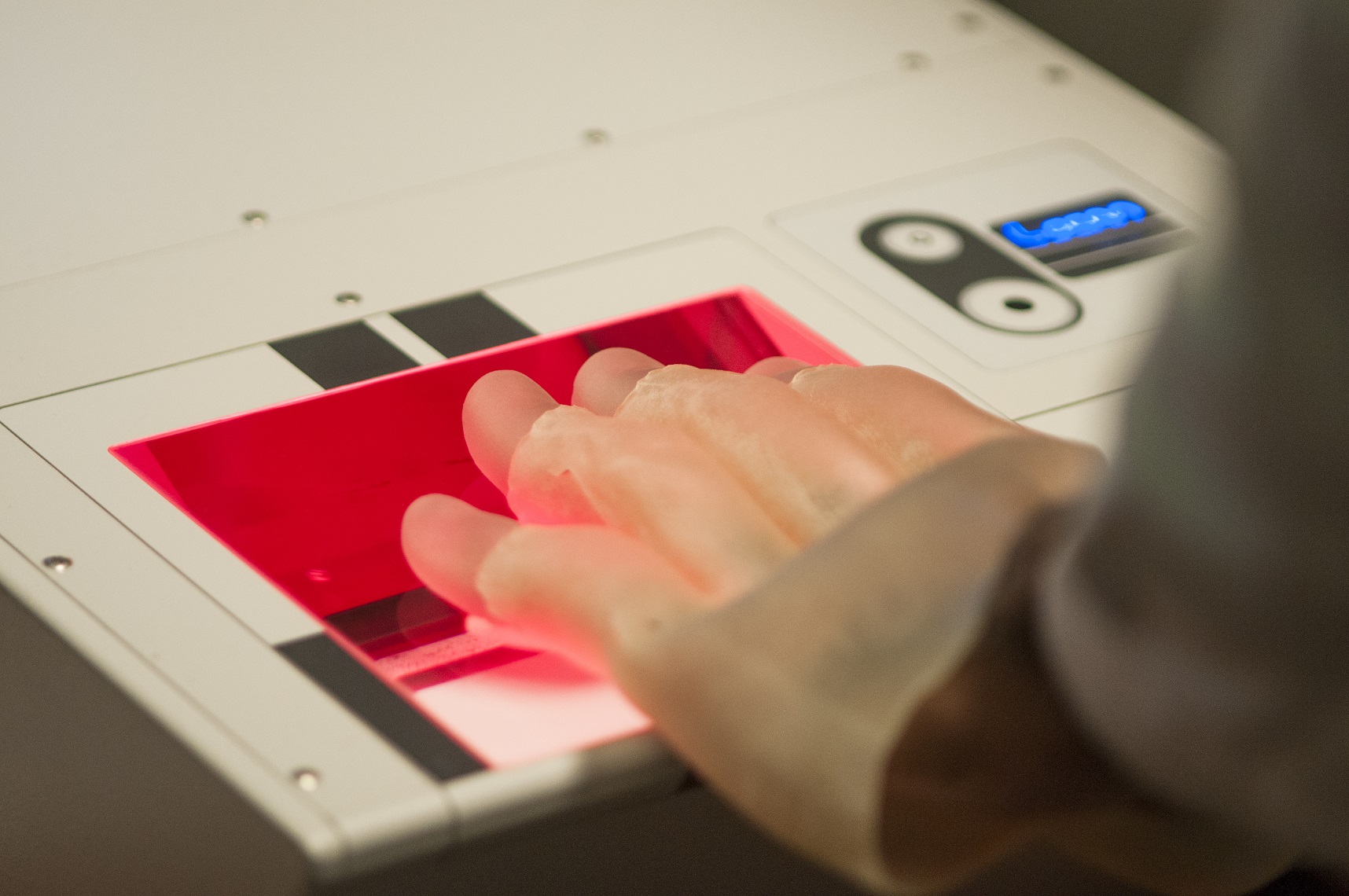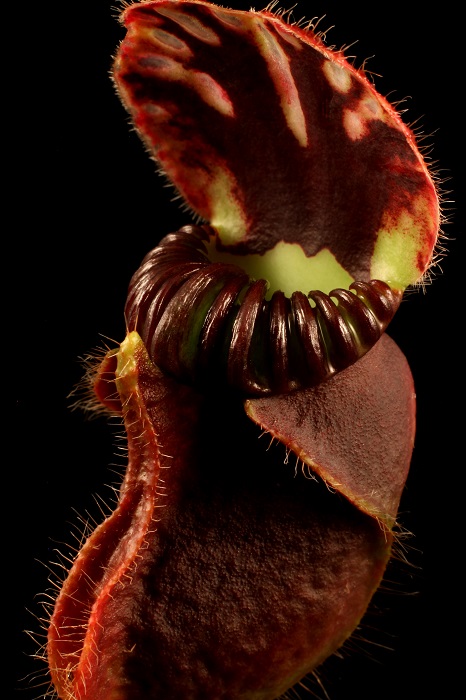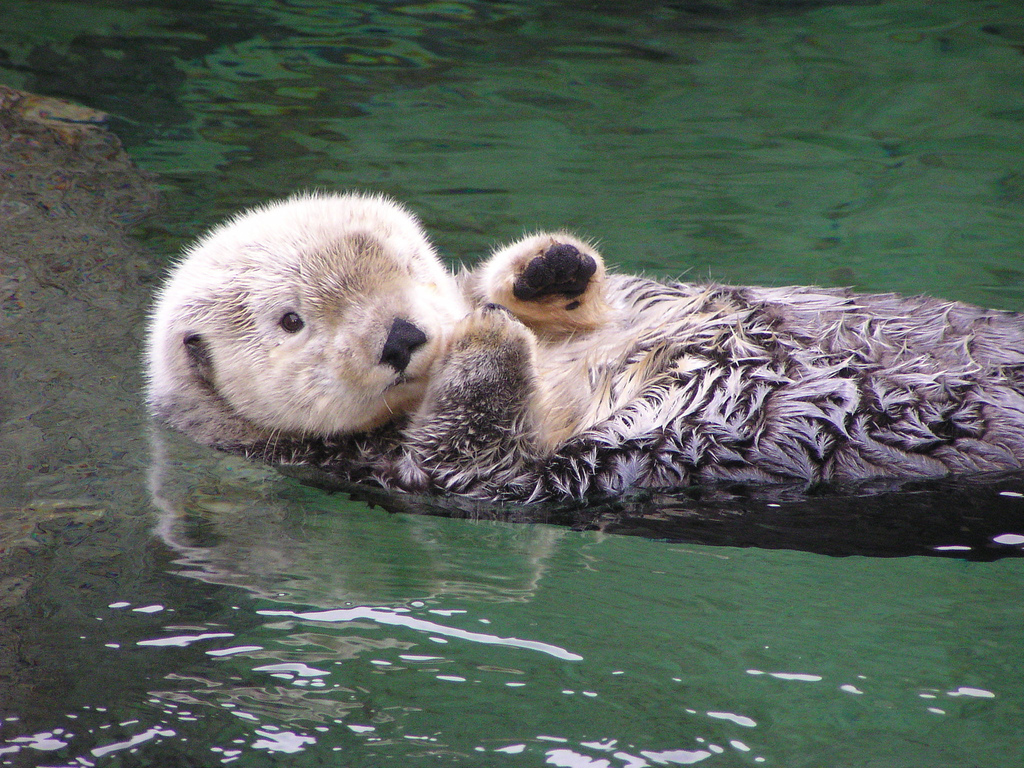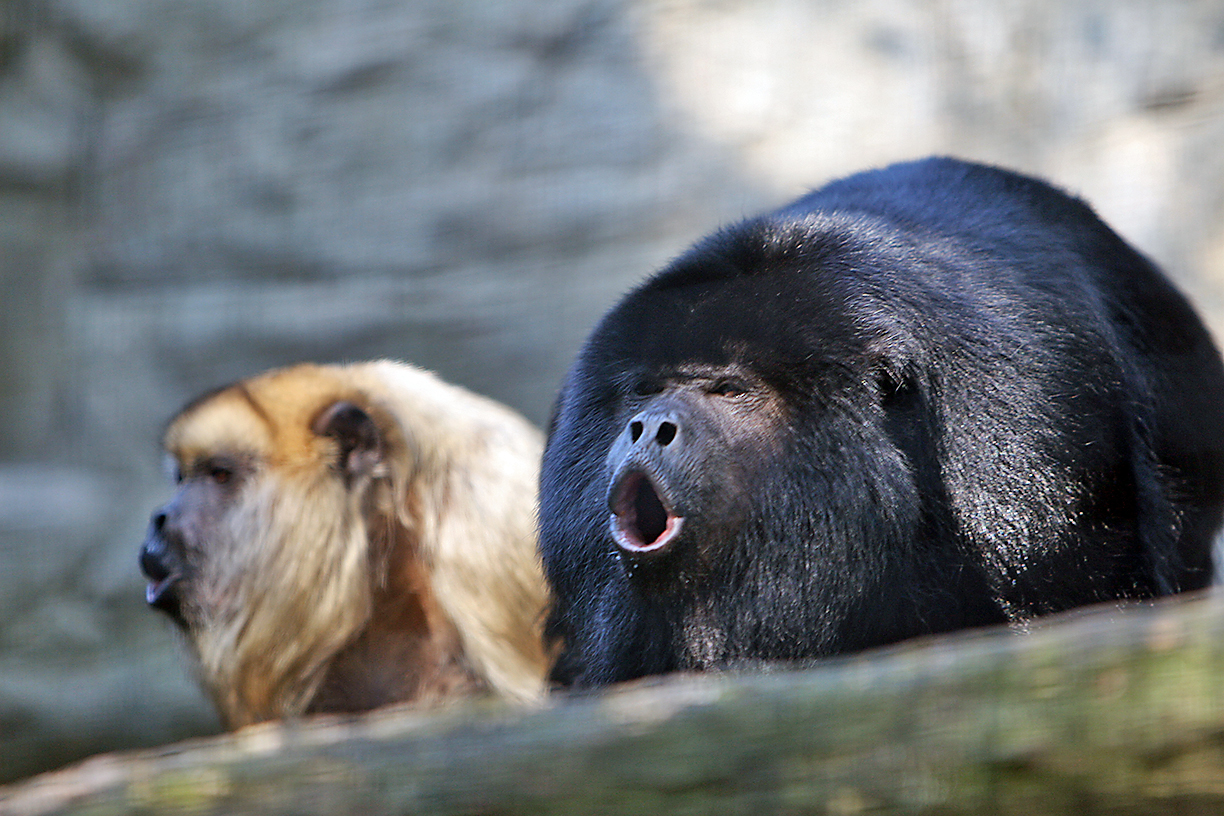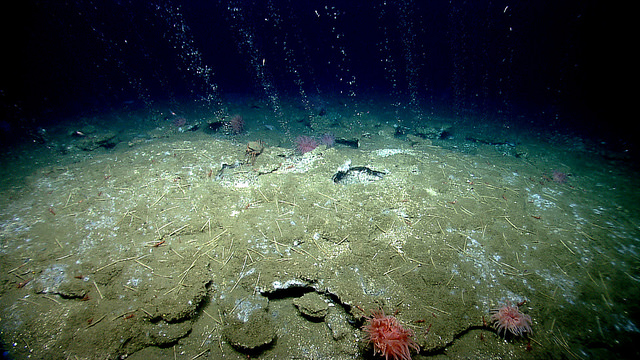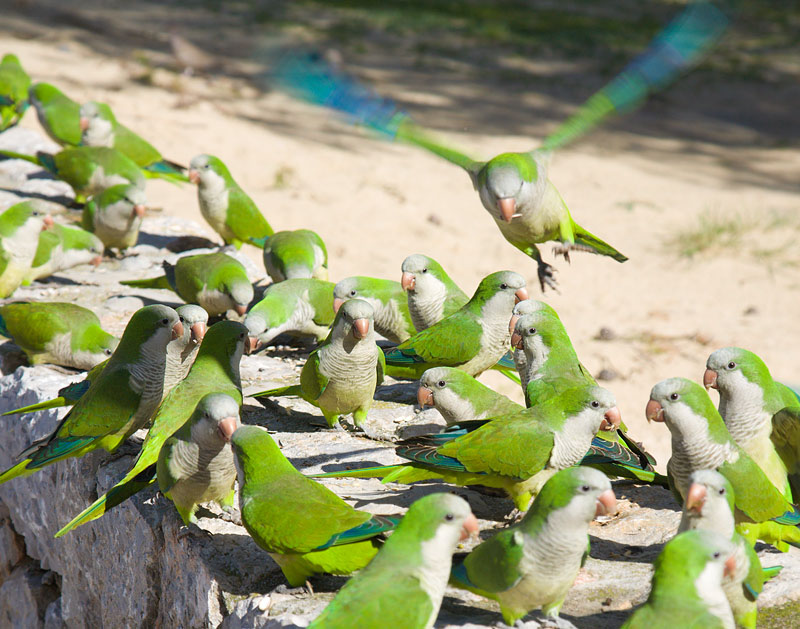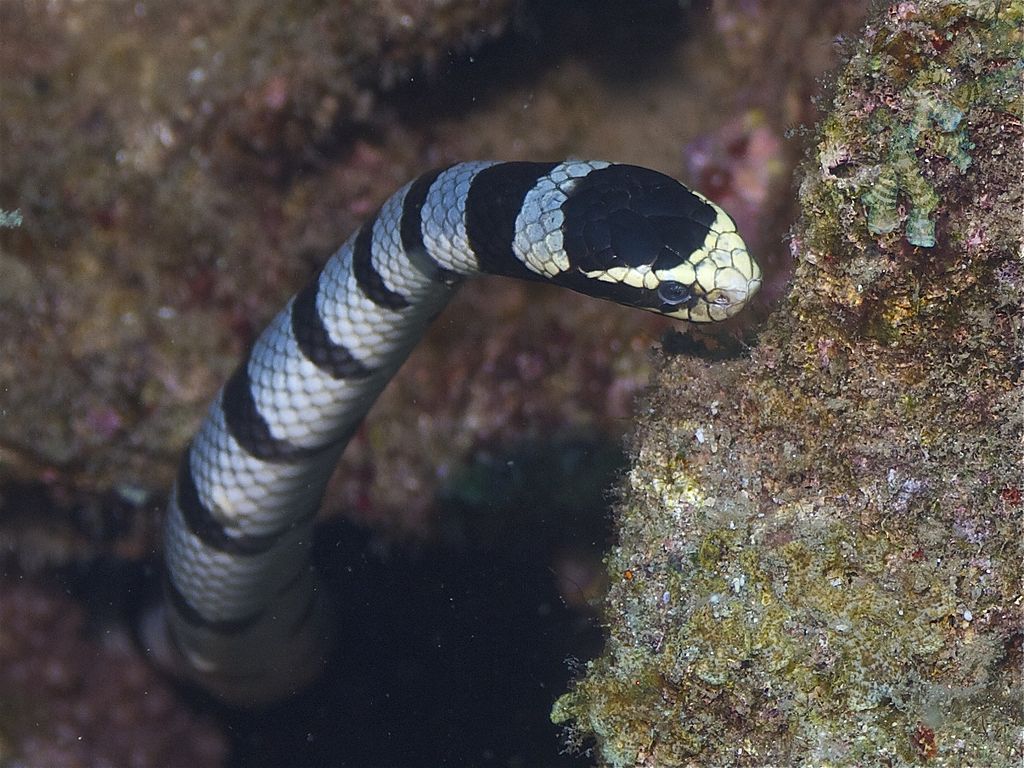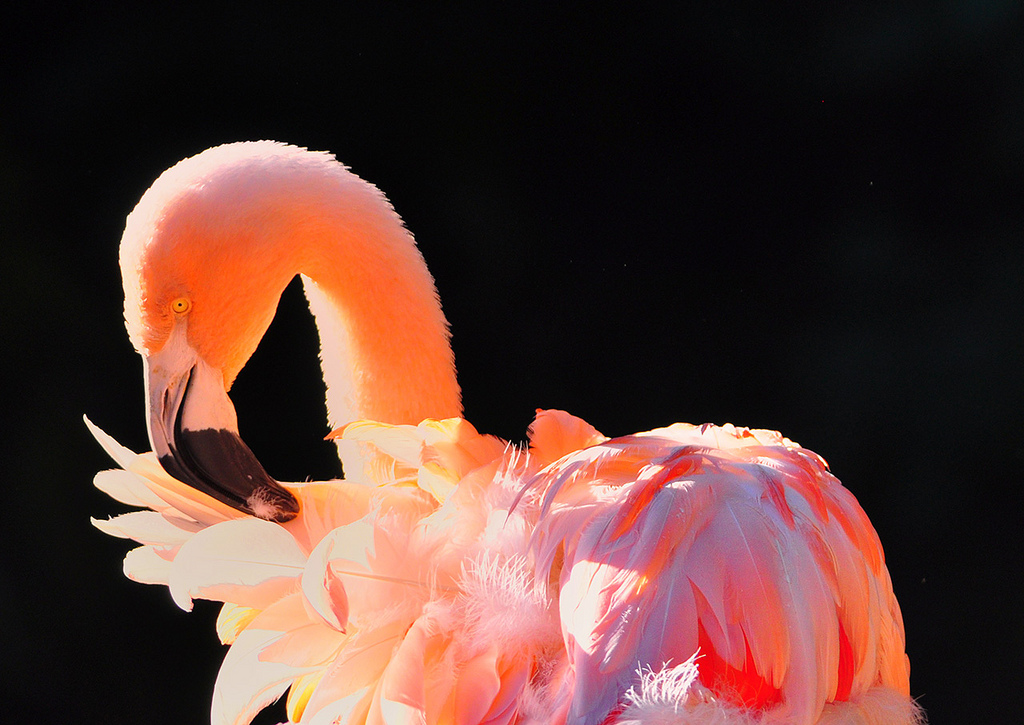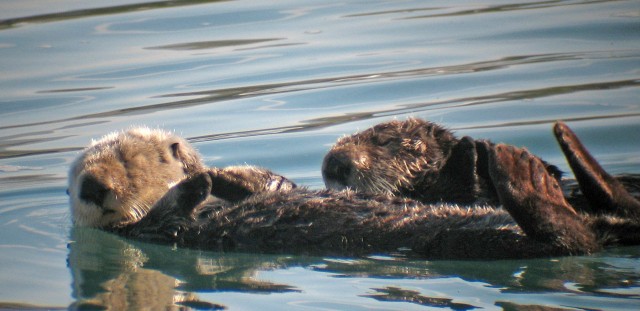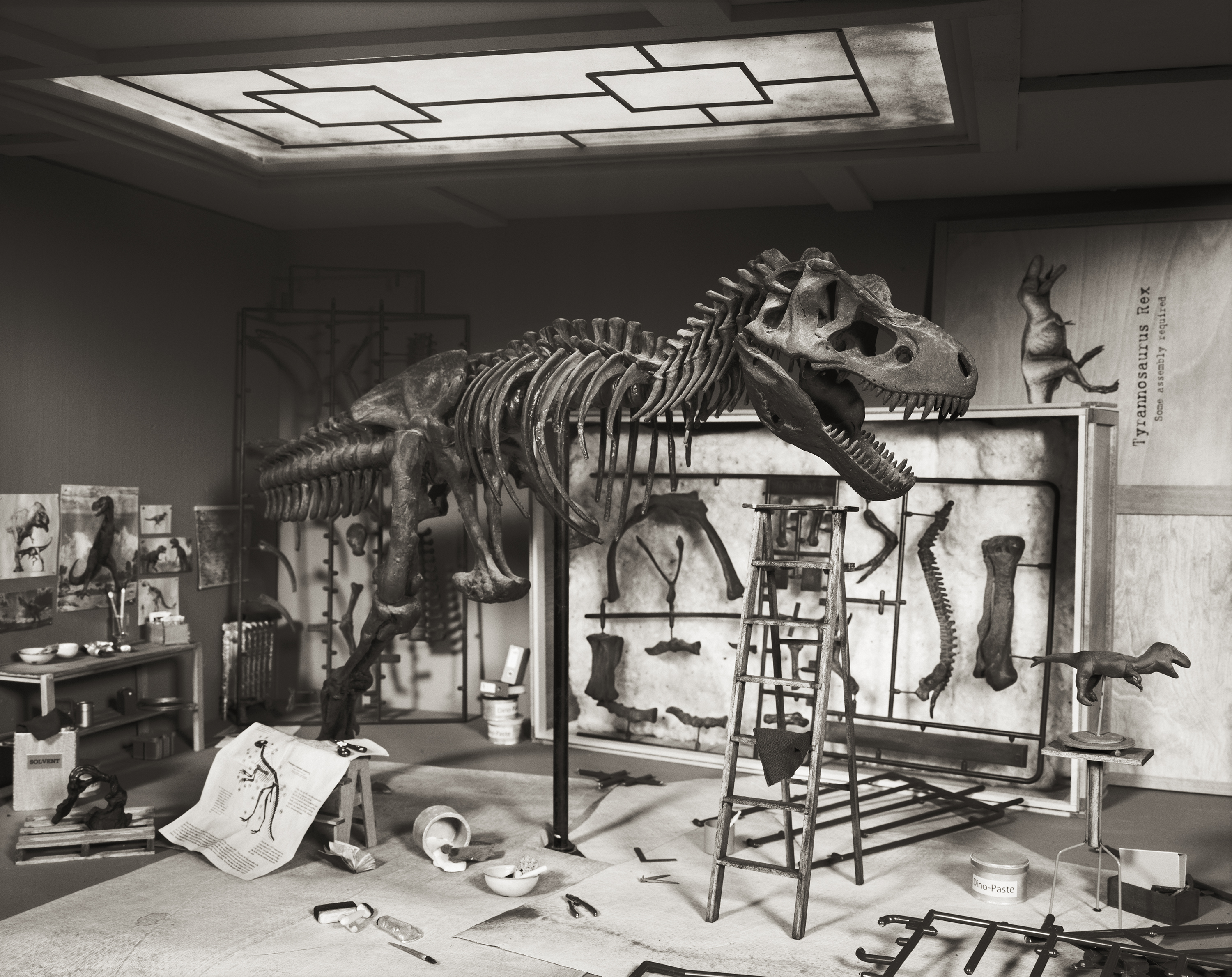Series
Life Science Blog
Abigail Fagan • November 16, 2016
3-D printed hands expose security vulnerability
Leslie Nemo • November 16, 2016
Researchers are using saliva bacteria to tell people apart and detectives may be next
Cici Zhang • November 7, 2016
If fish feel pain and pleasure, what should we do?
Nicole Wetsman • October 10, 2016
Photographer Matt Kaelin grows bug-eating plants in his Long Island apartment
Harrison Tasoff • October 7, 2016
The otters of Monterey Bay are doing well, but their neighbors are still suffering
Harrison Tasoff • October 3, 2016
Psittacosaurus is the latest dinosaur to be reconstructed in its original hues
Ellie Kincaid • January 7, 2016
For howler monkeys, an evolutionary surprise: Males with fiercer calls have smaller testicles
Meghan Bartels • November 18, 2015
In the digital age, we’re all connected by electricity — and some microbes are too
Shira Polan • October 22, 2015
Monk parakeets, like humans, use complex thinking to understand where they stand in their group’s social order
Peter Hess • September 28, 2015
Toxin researcher mines snake DNA for potential medicines
Katherine Ellen Foley • August 21, 2015
The blurred lines between reptiles, dinosaurs and birds
Lauren J. Young • January 12, 2015
Biomimicry allows scientists to take a page out of nature’s playbook
Katherine Ellen Foley • December 26, 2014
Research shows that sea otters have gotten sick with H1N1, also known as swine flu
Steph Yin • December 3, 2014
It’s tempting to view natural history dioramas as pure representations of fact — but these displays may be shaped by cultural assumptions and theatrical urges
Neel V. Patel • August 26, 2014
You can request a free pizza on Reddit. And researchers who study altruism are watching closely and taking notes.
